
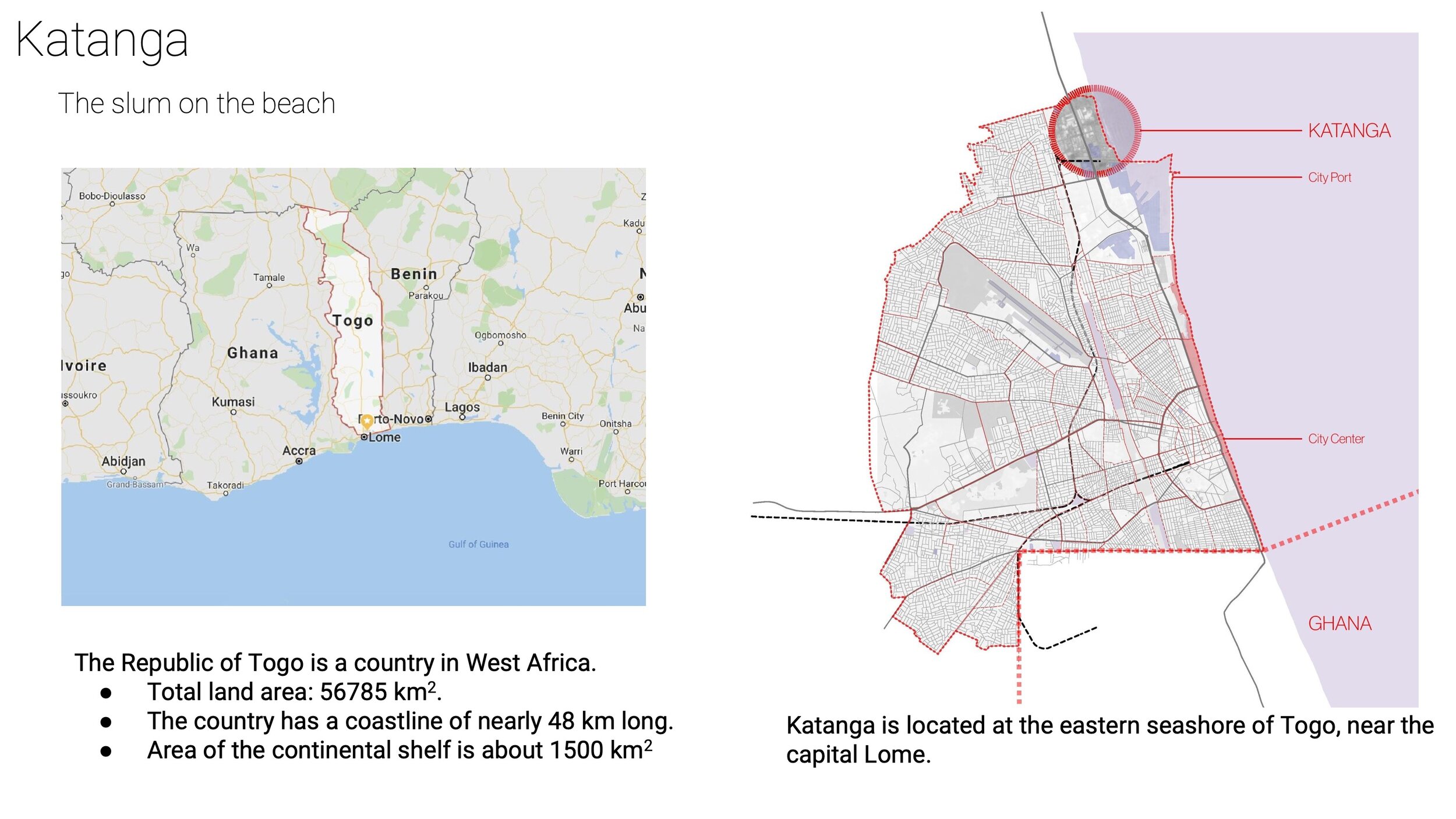
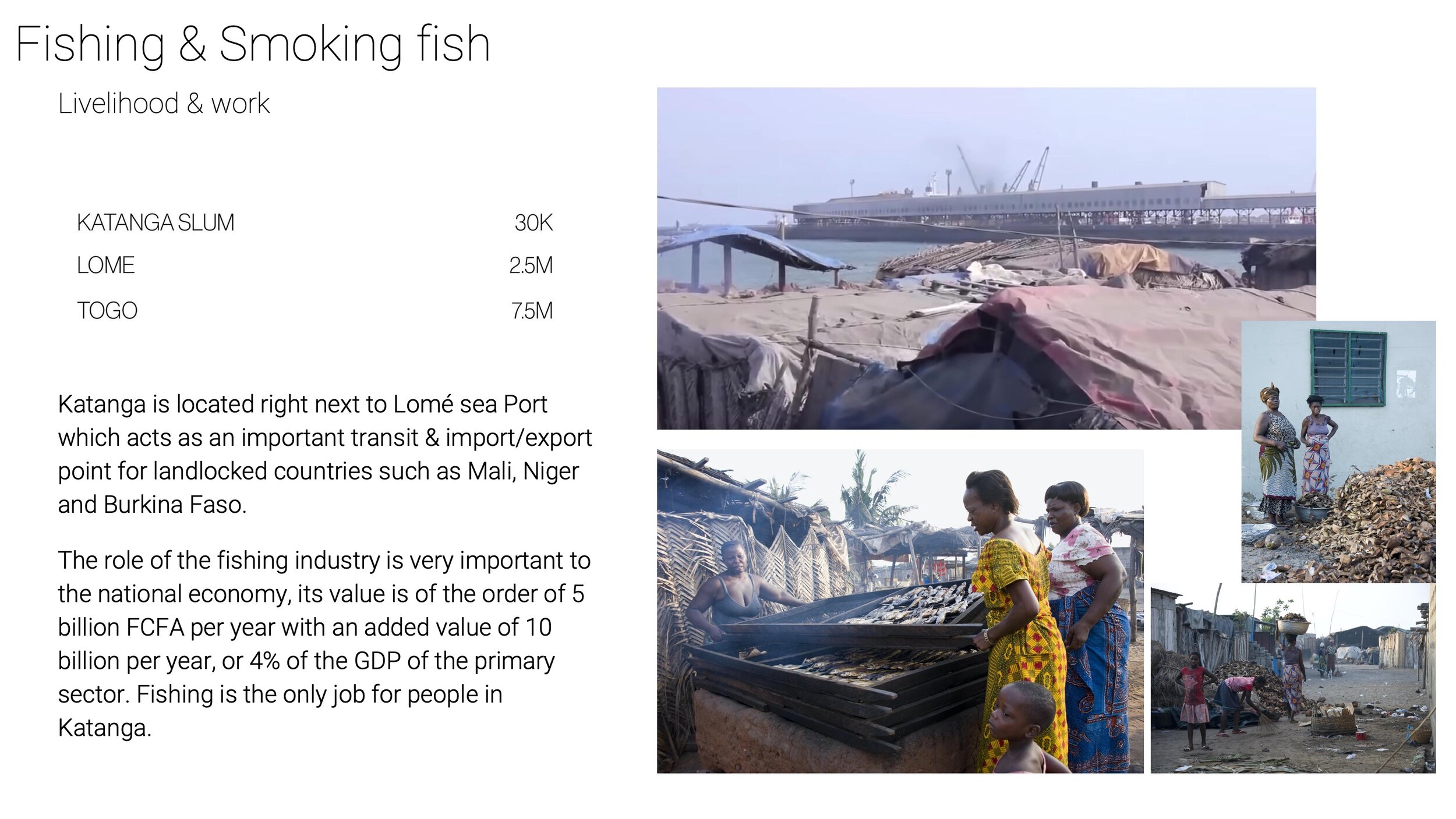
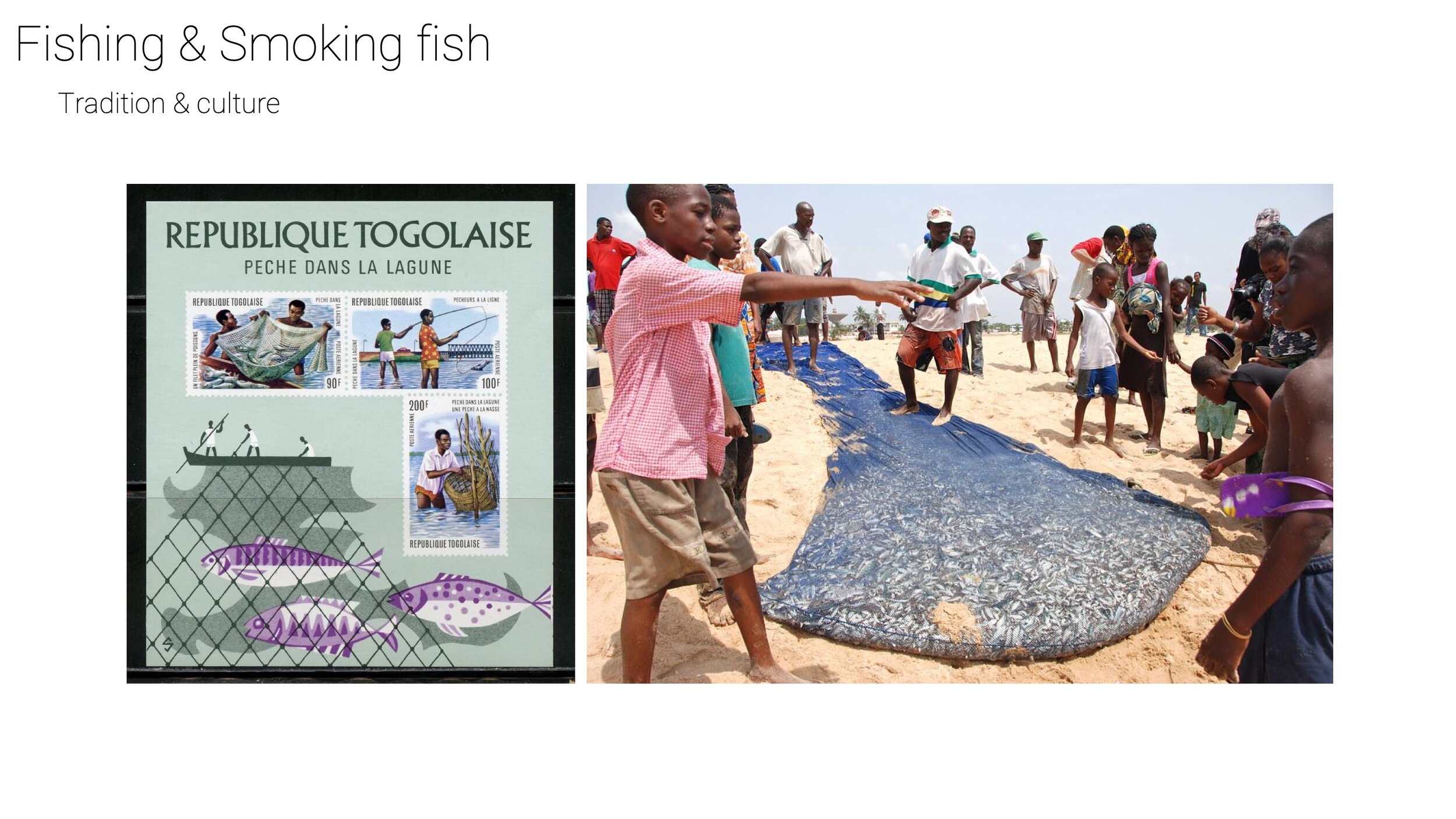
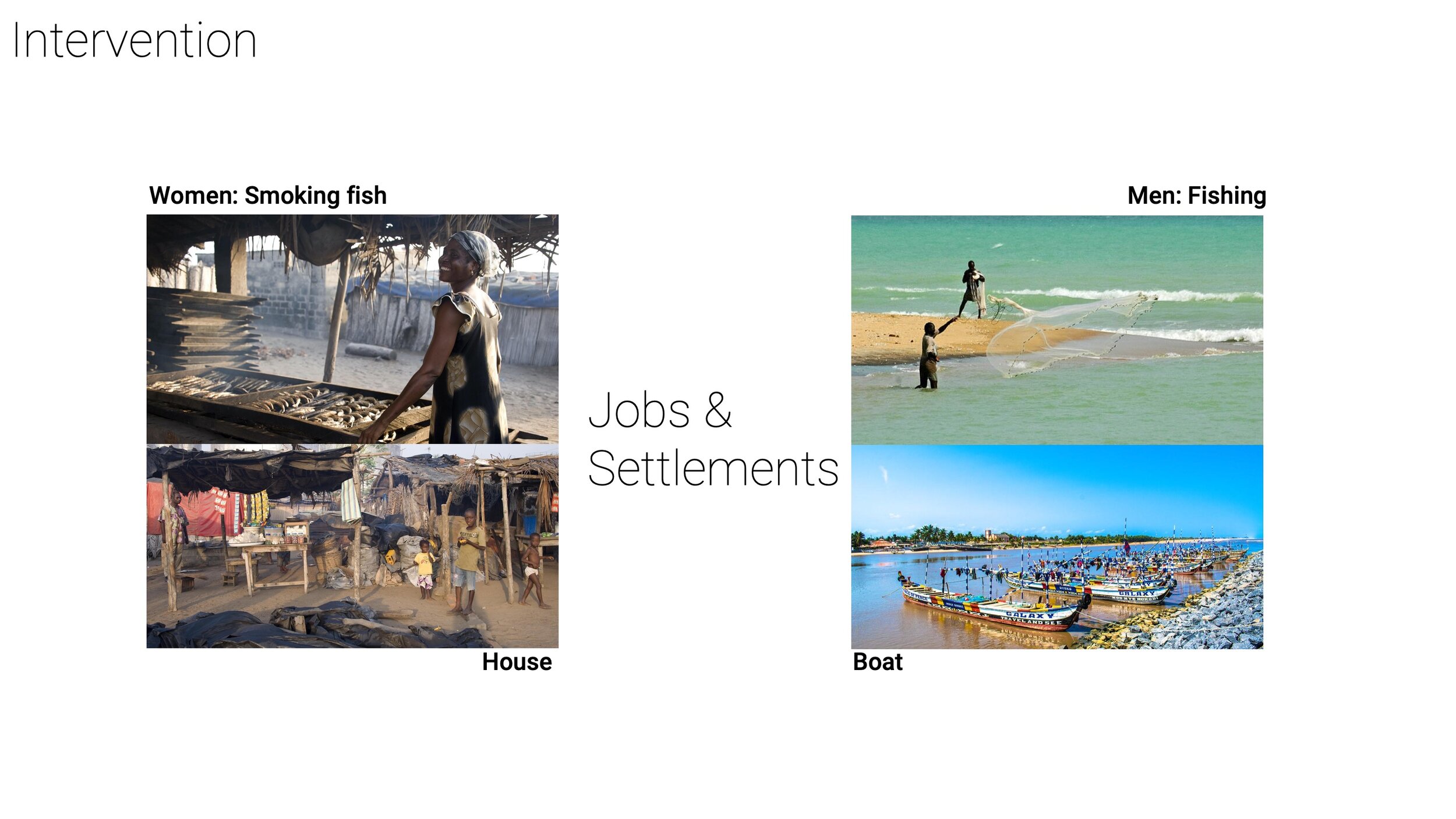
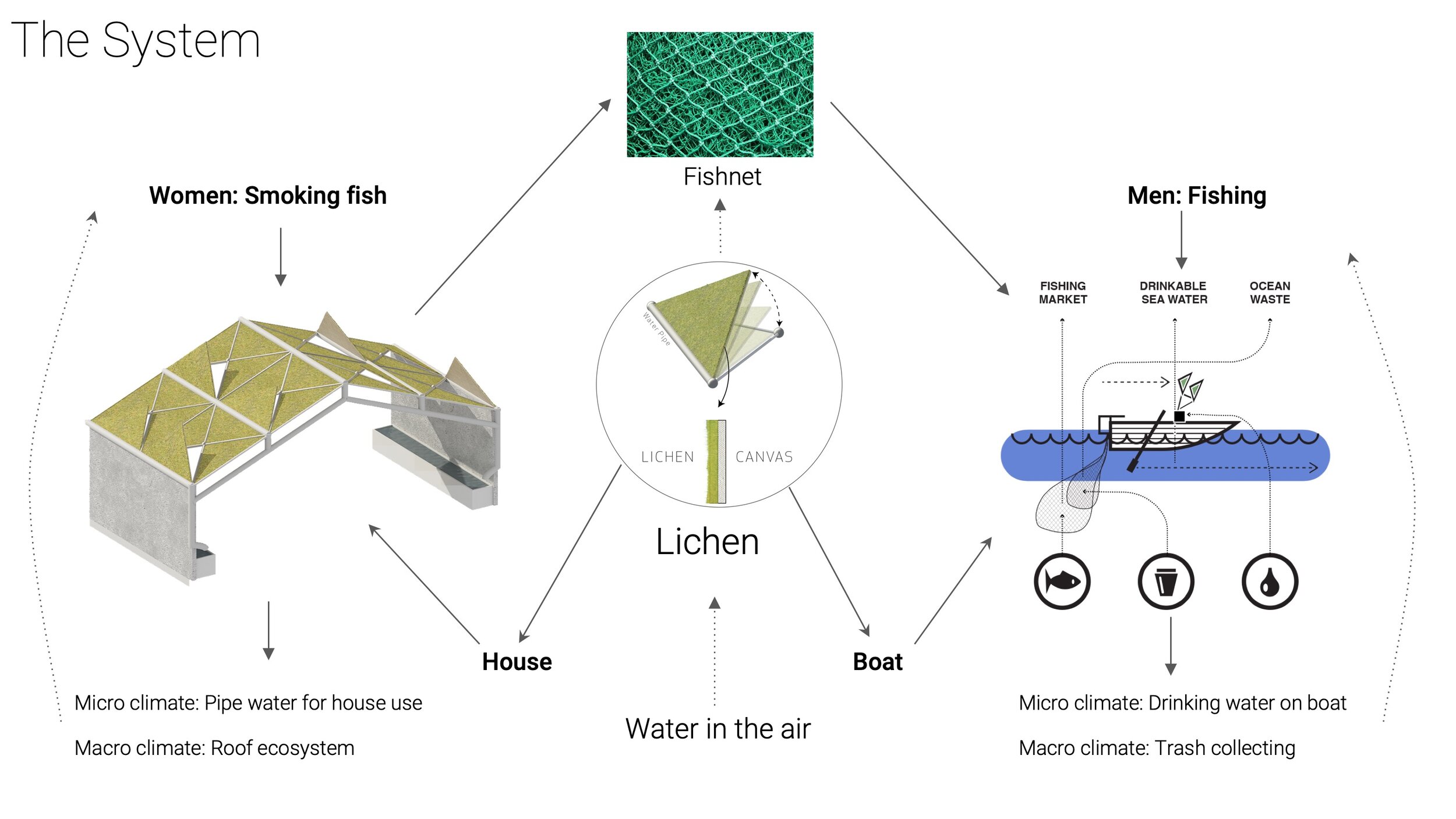


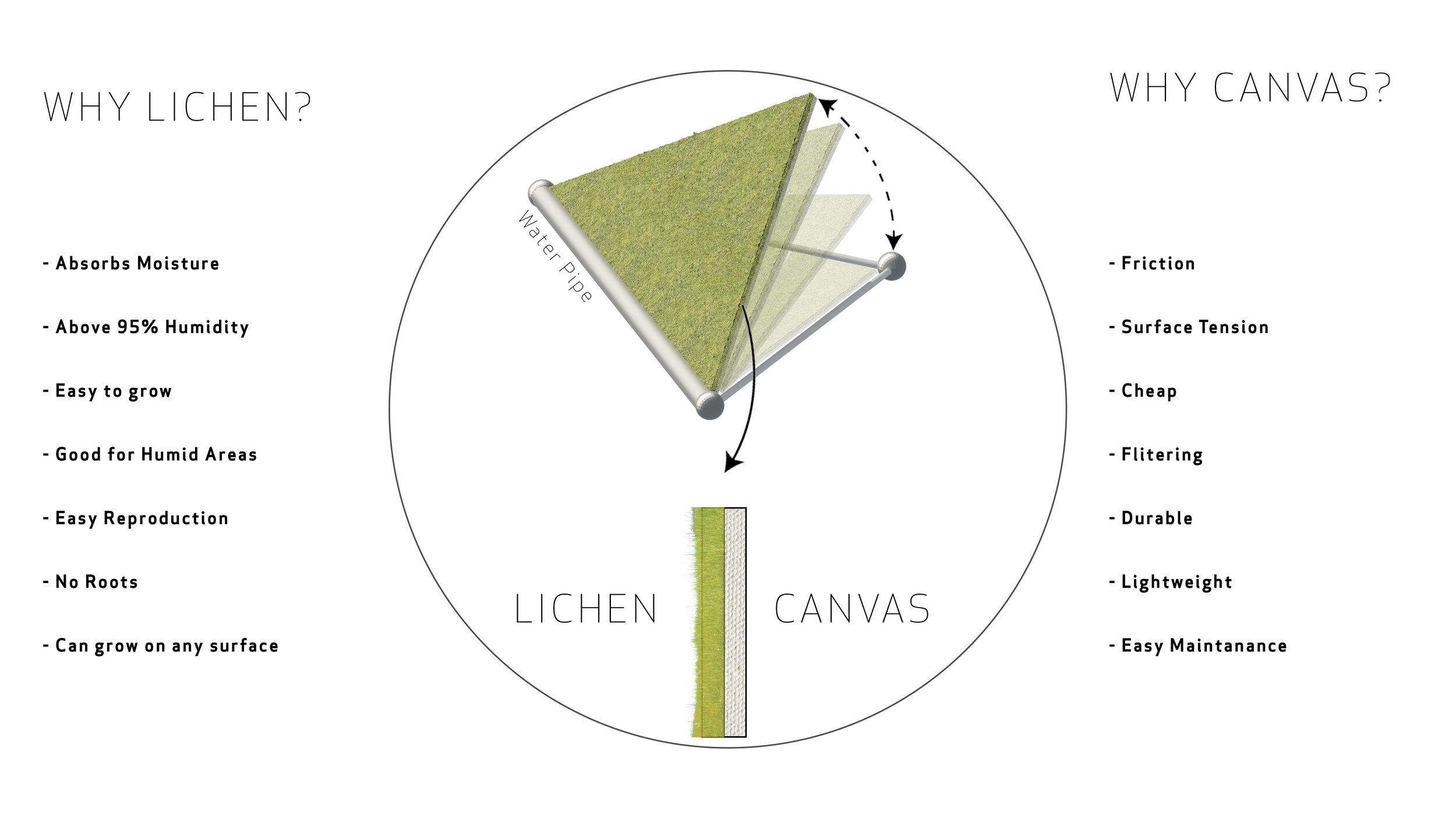
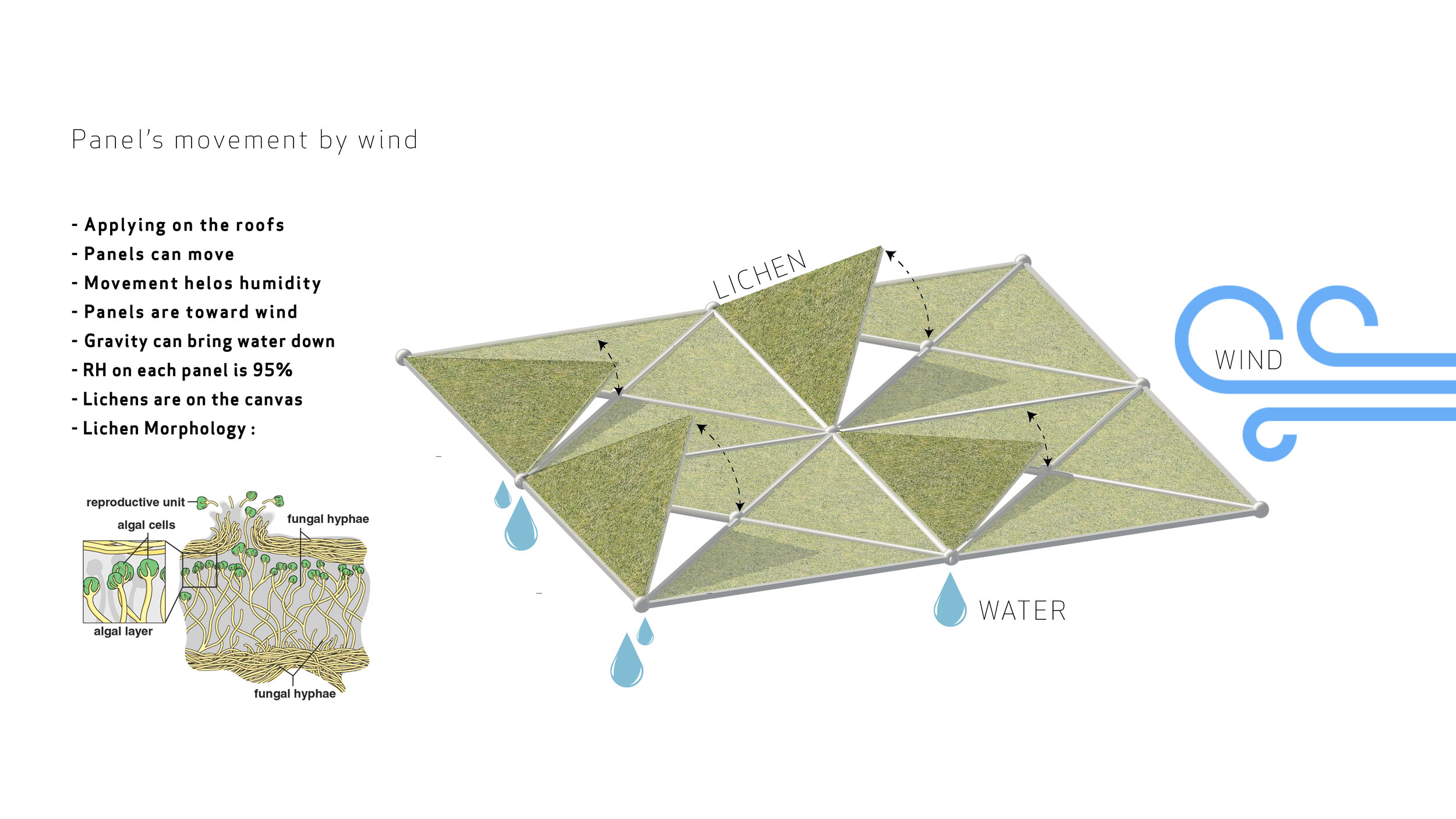
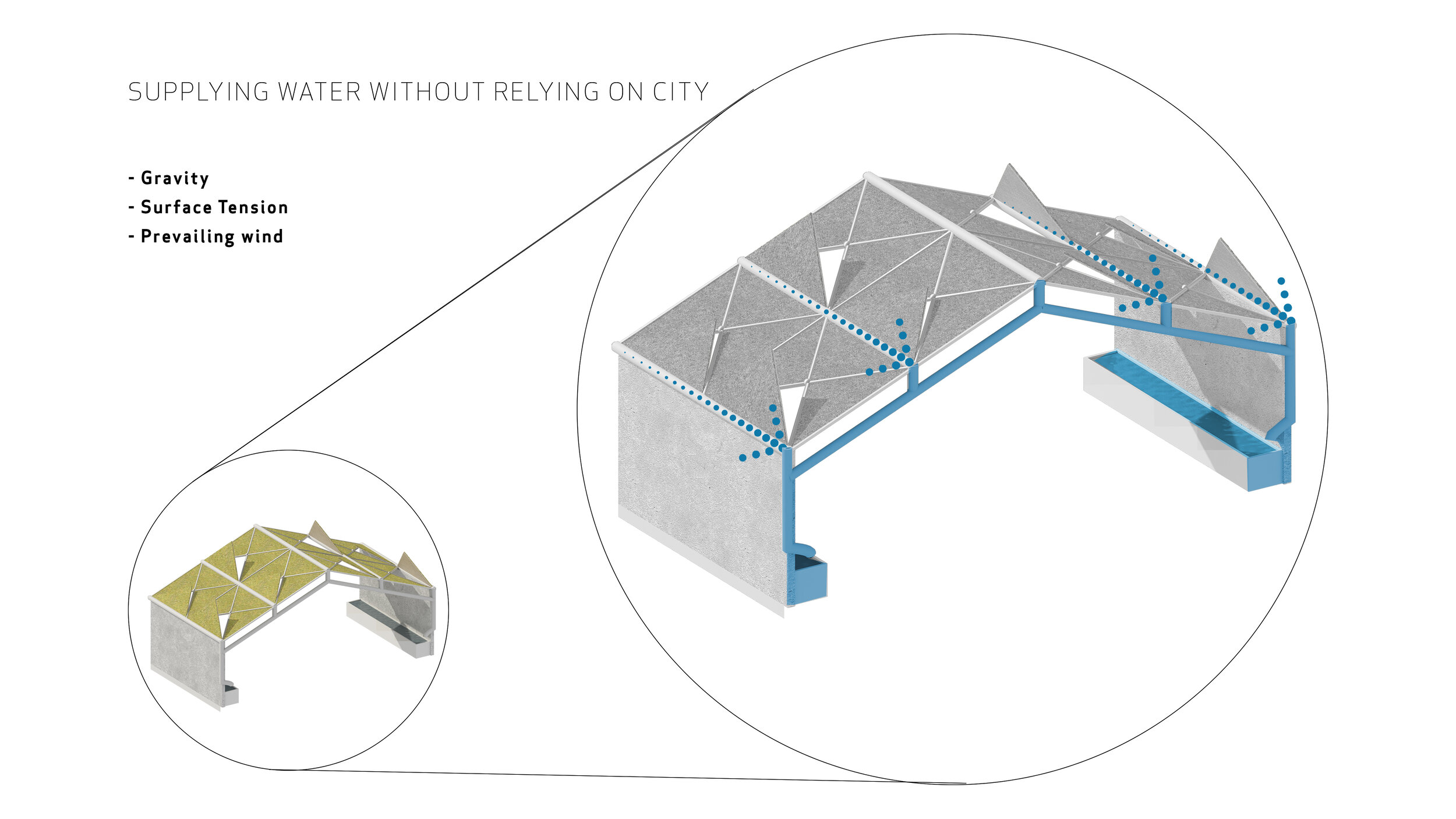
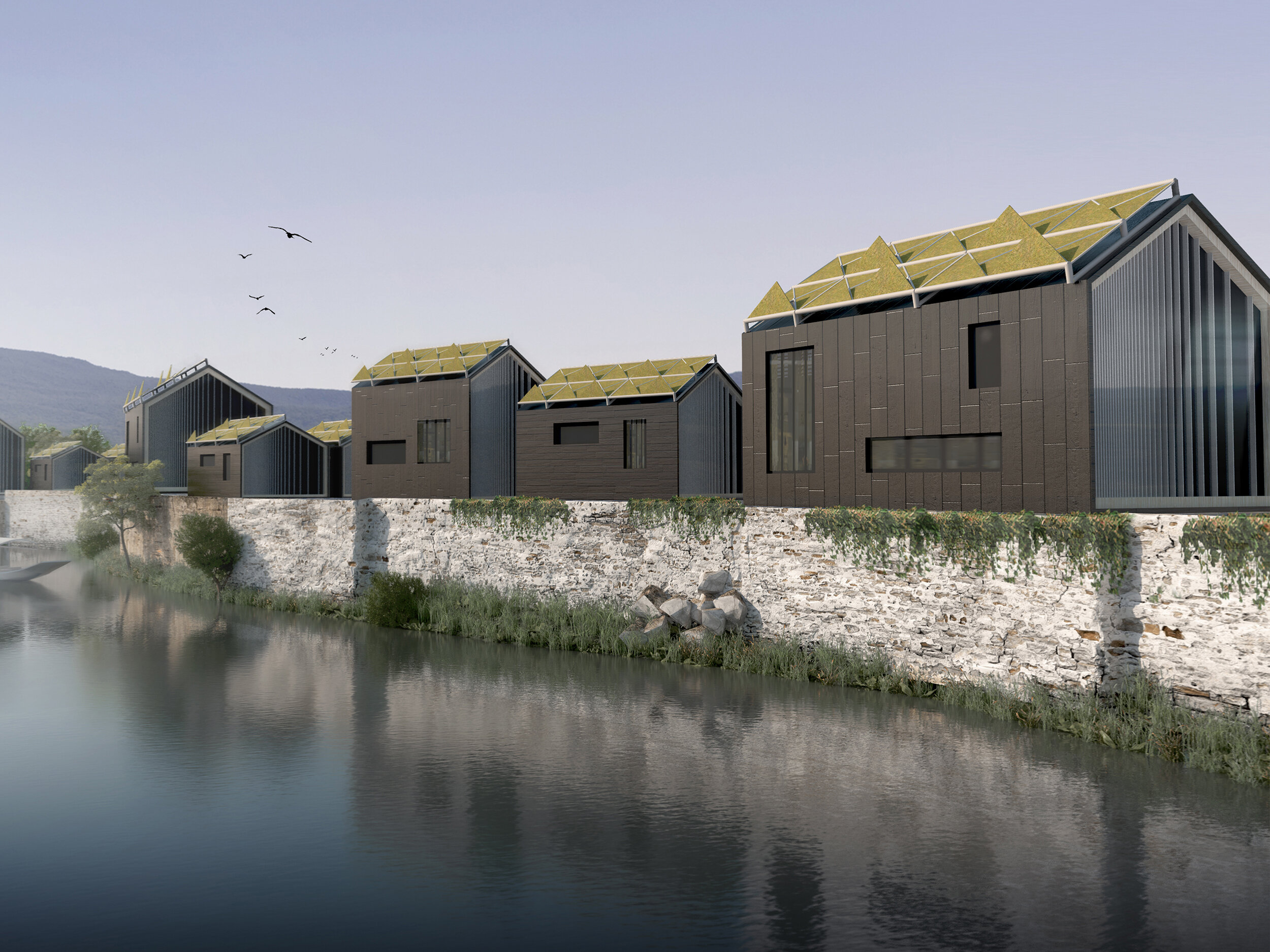
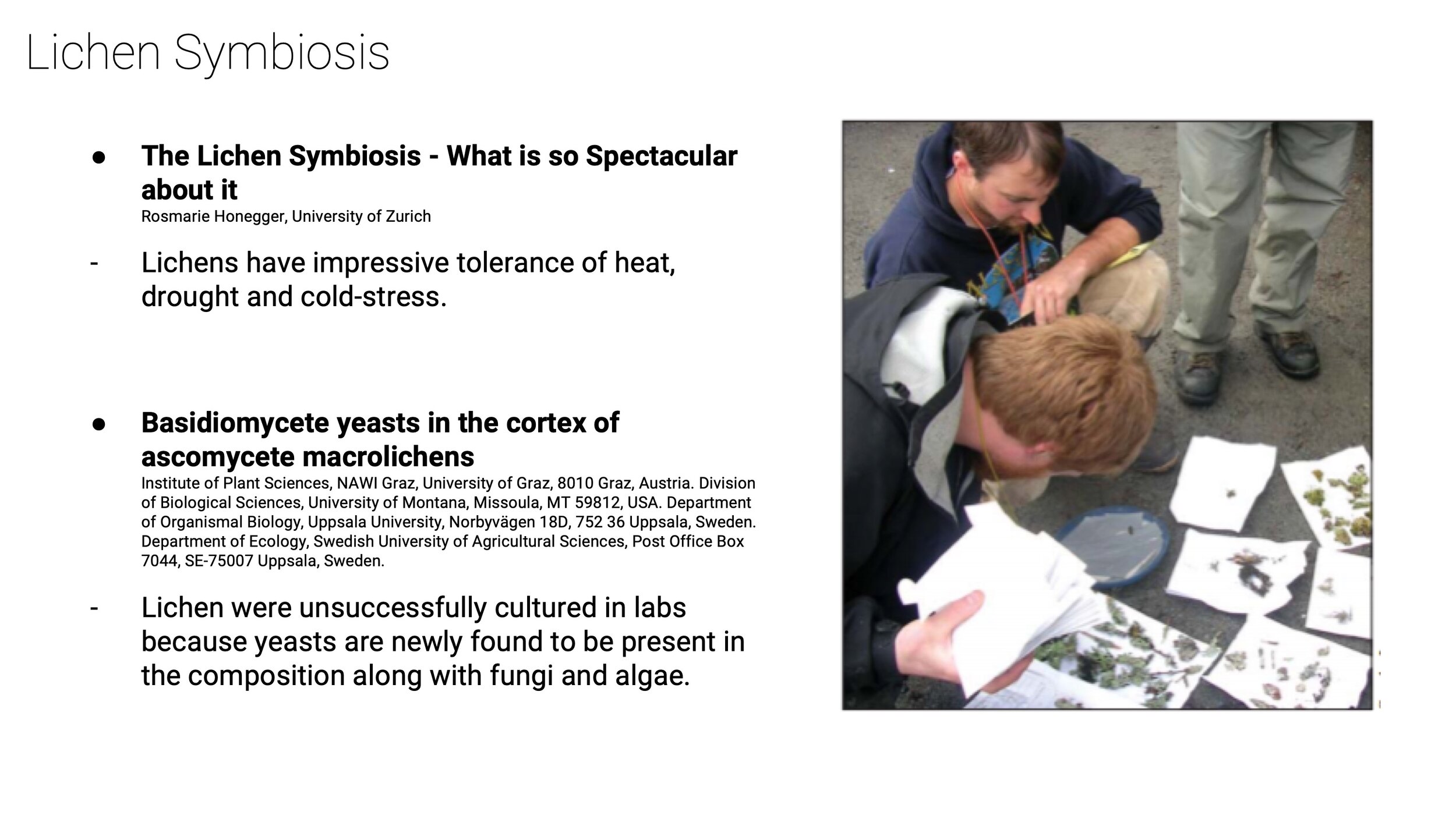
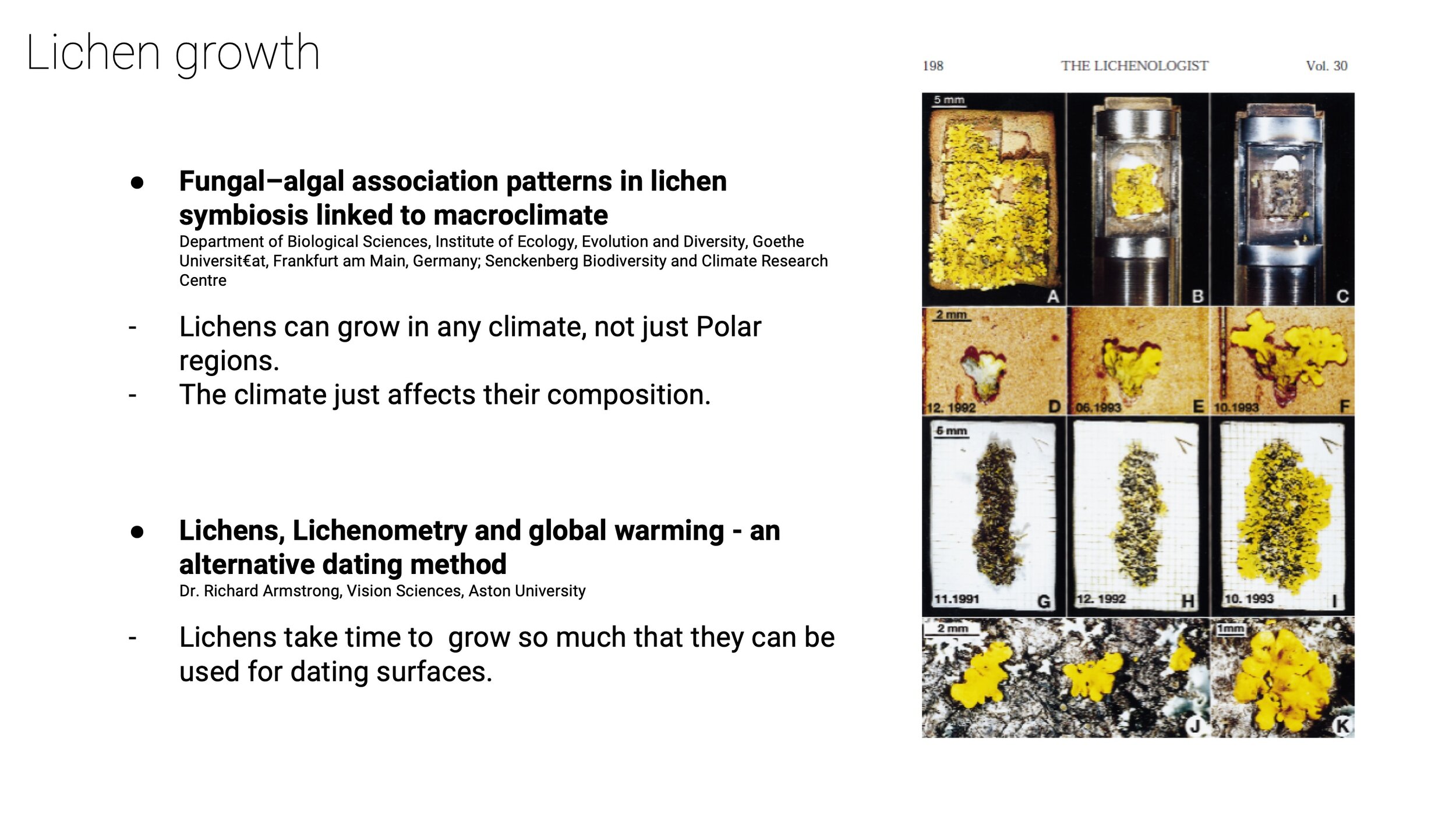
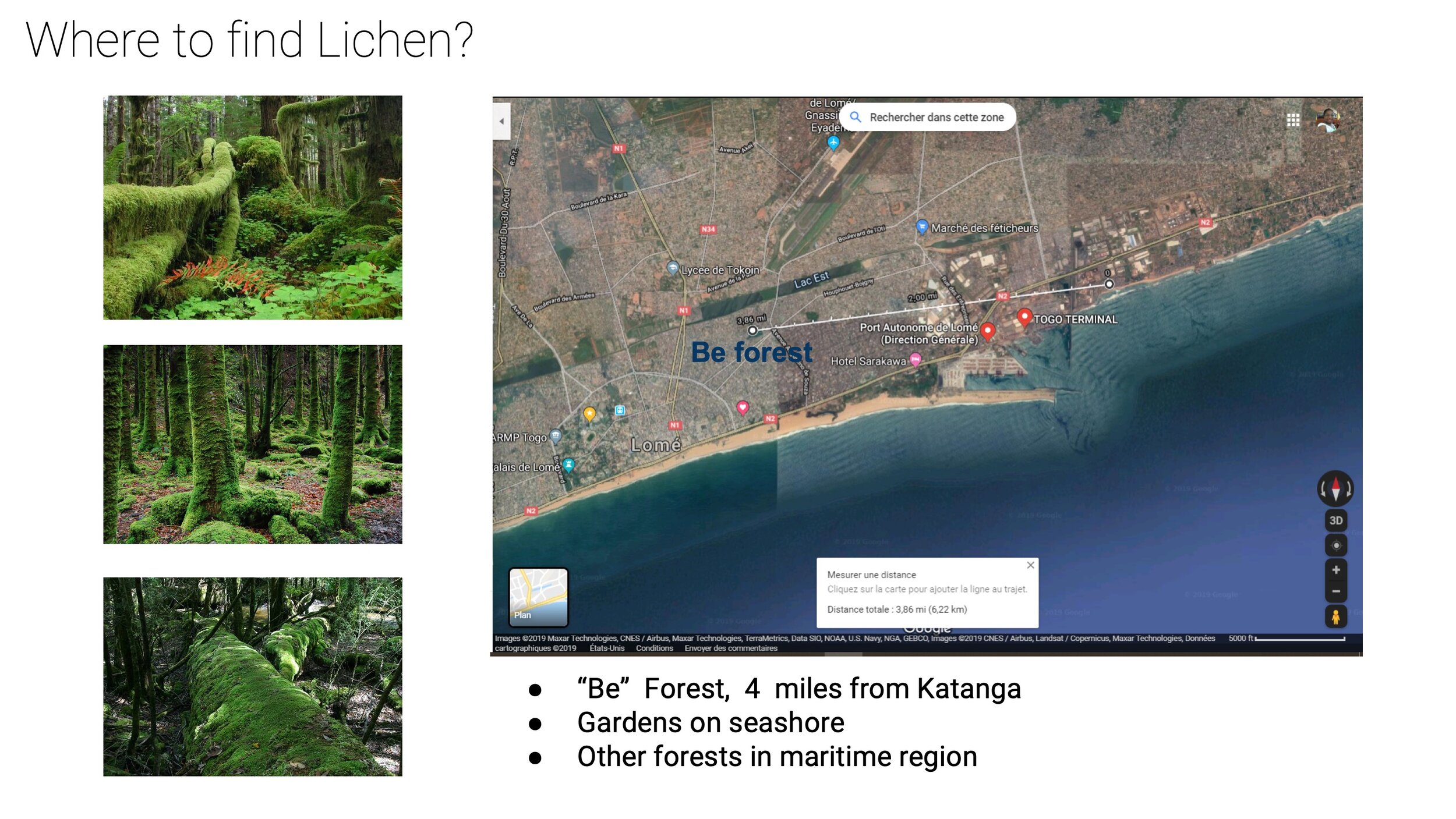
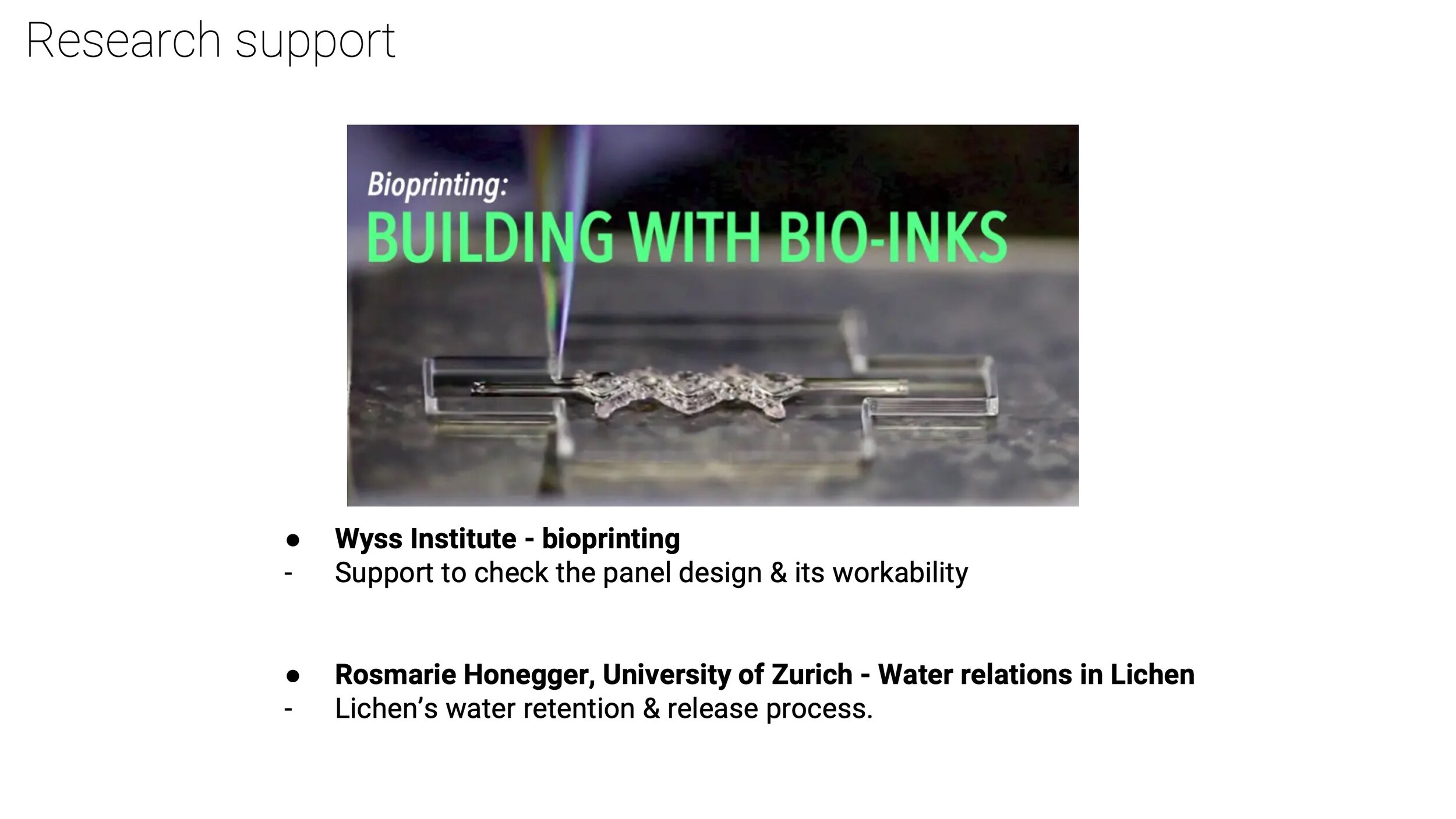
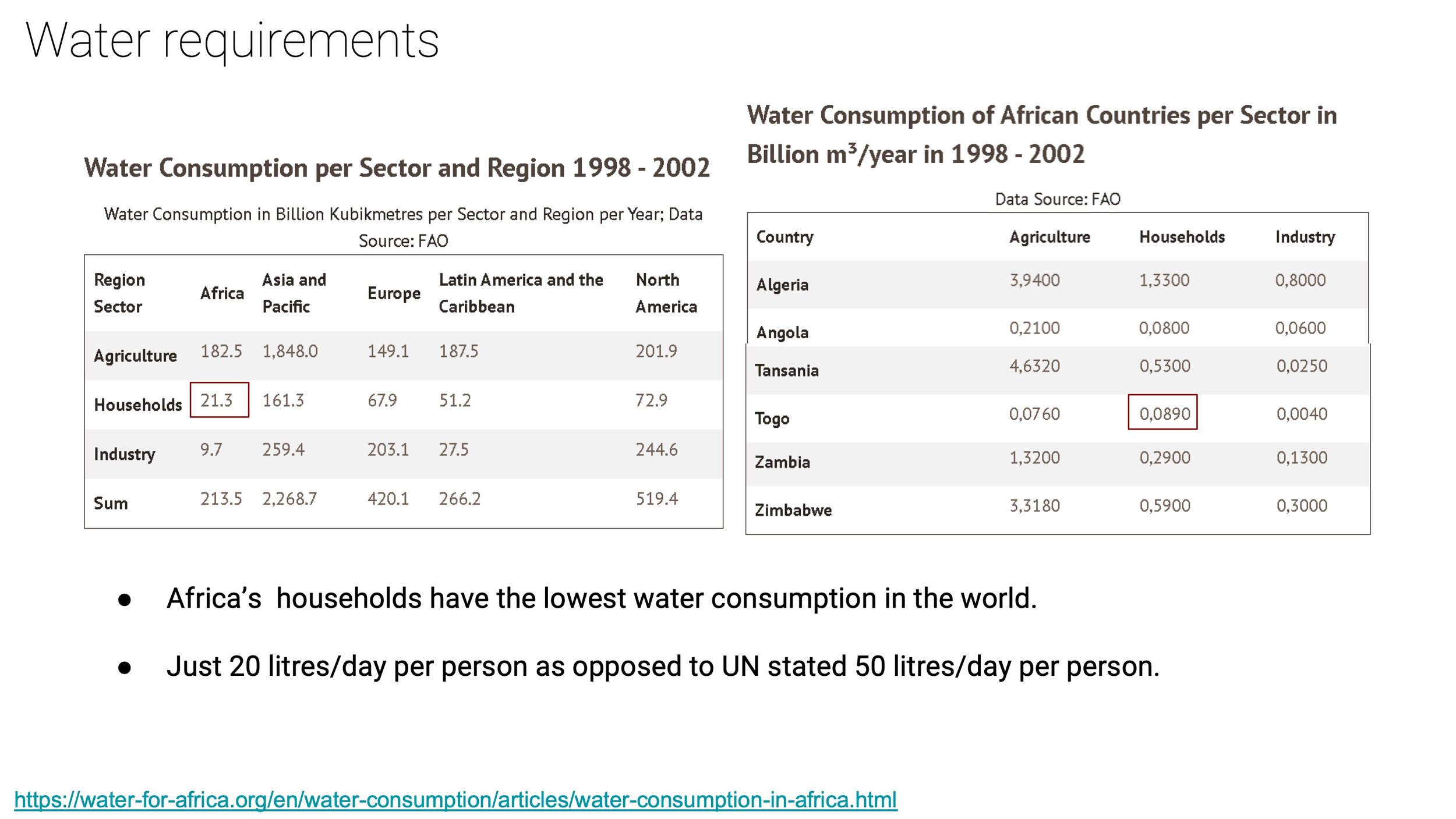

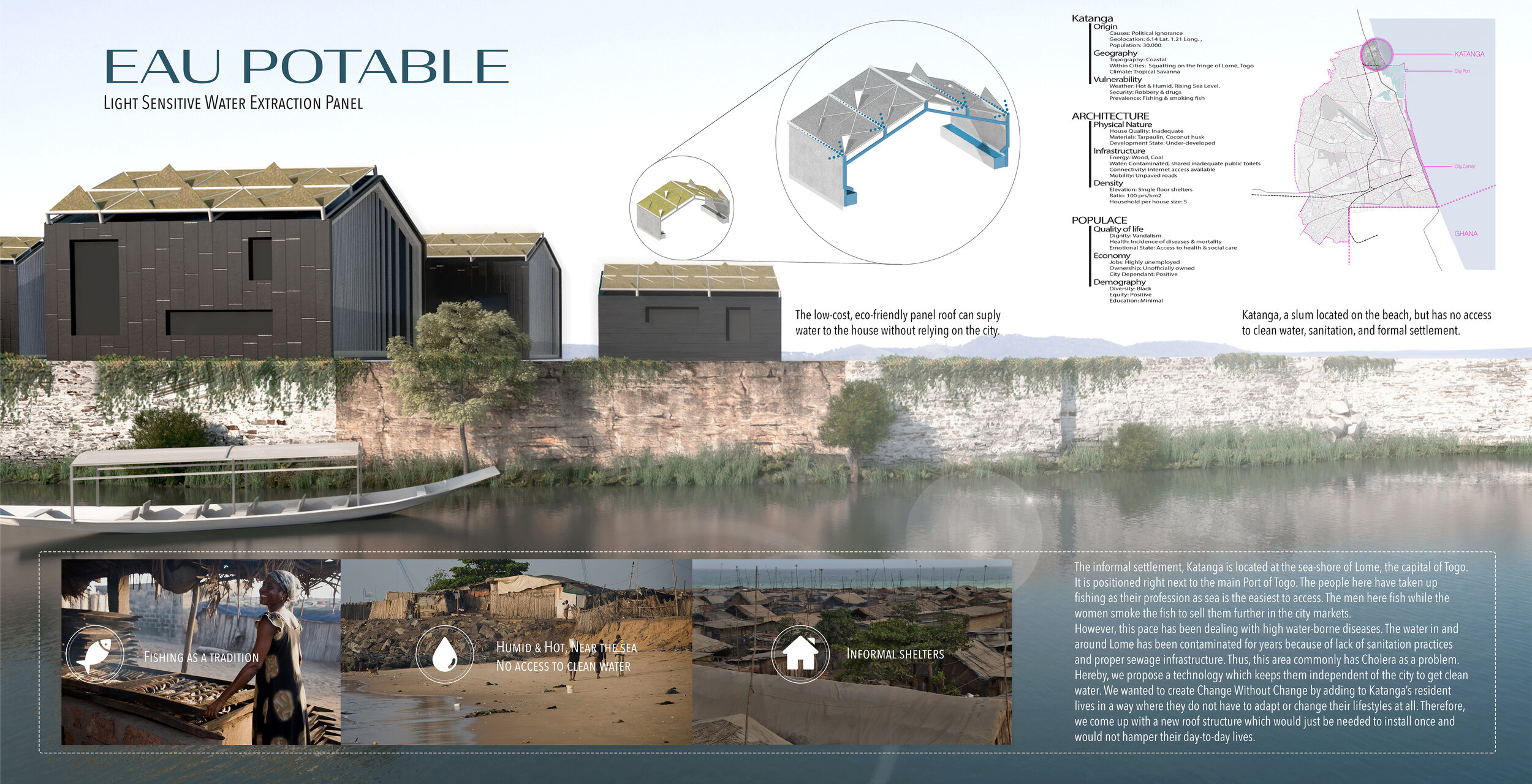
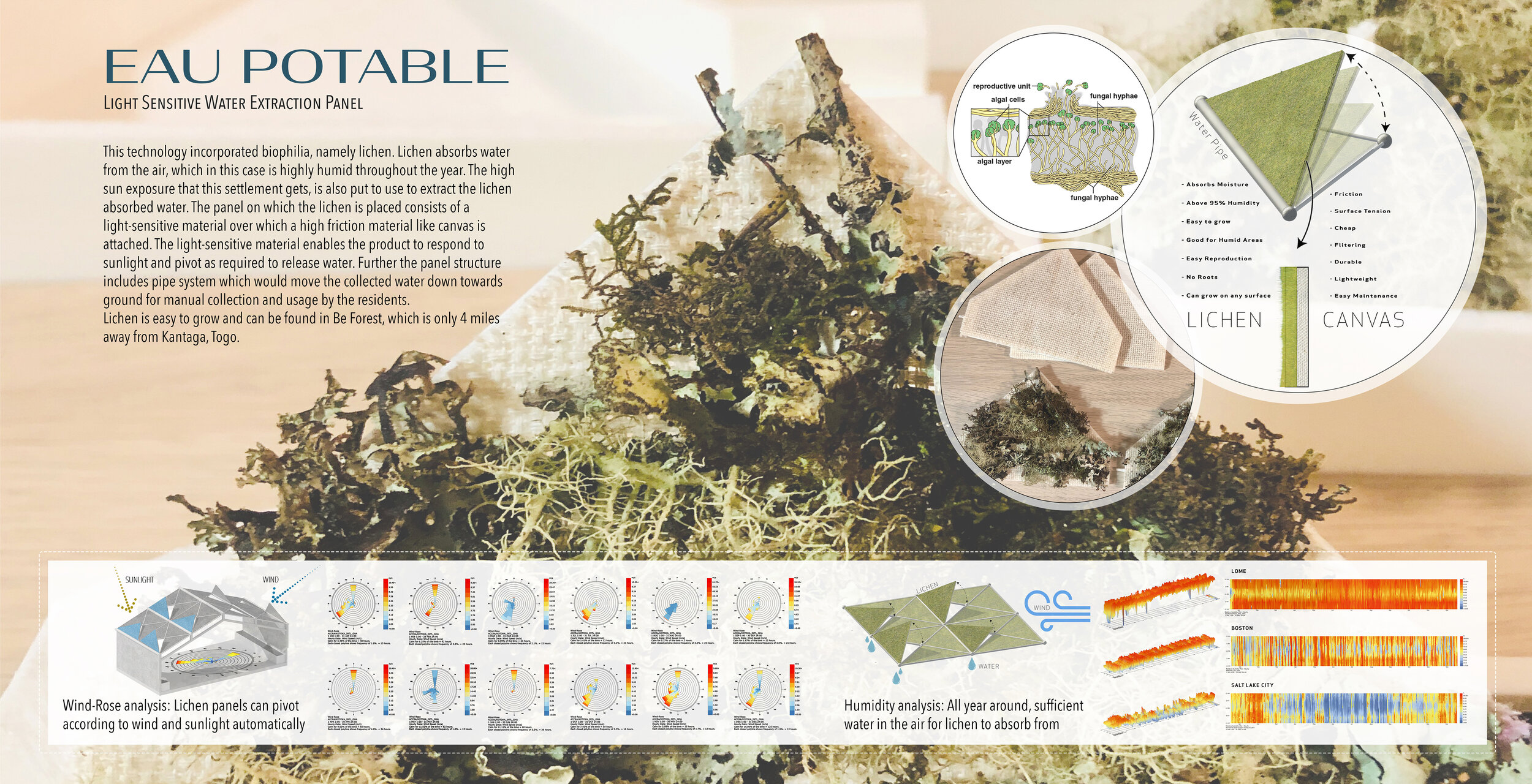


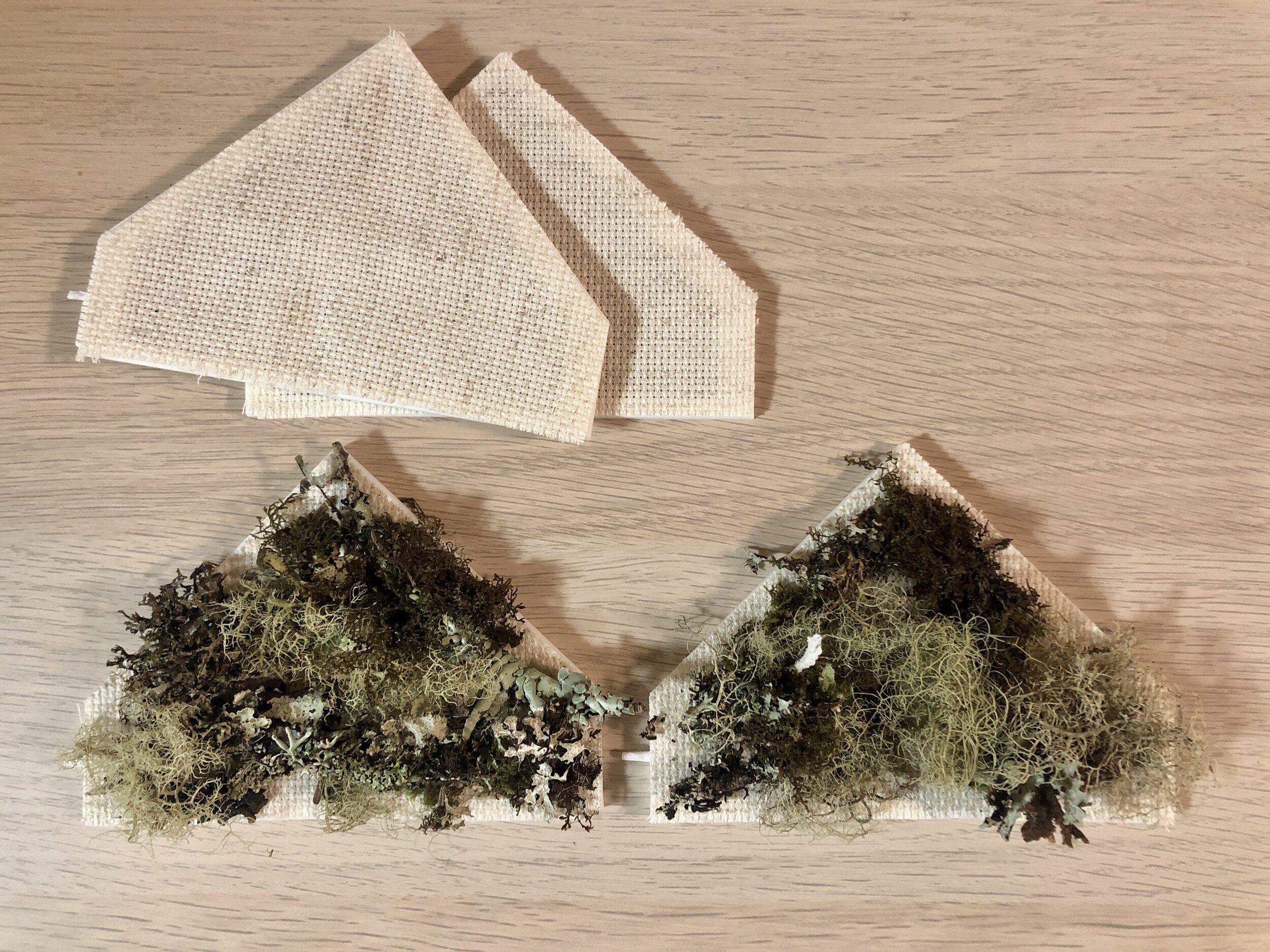
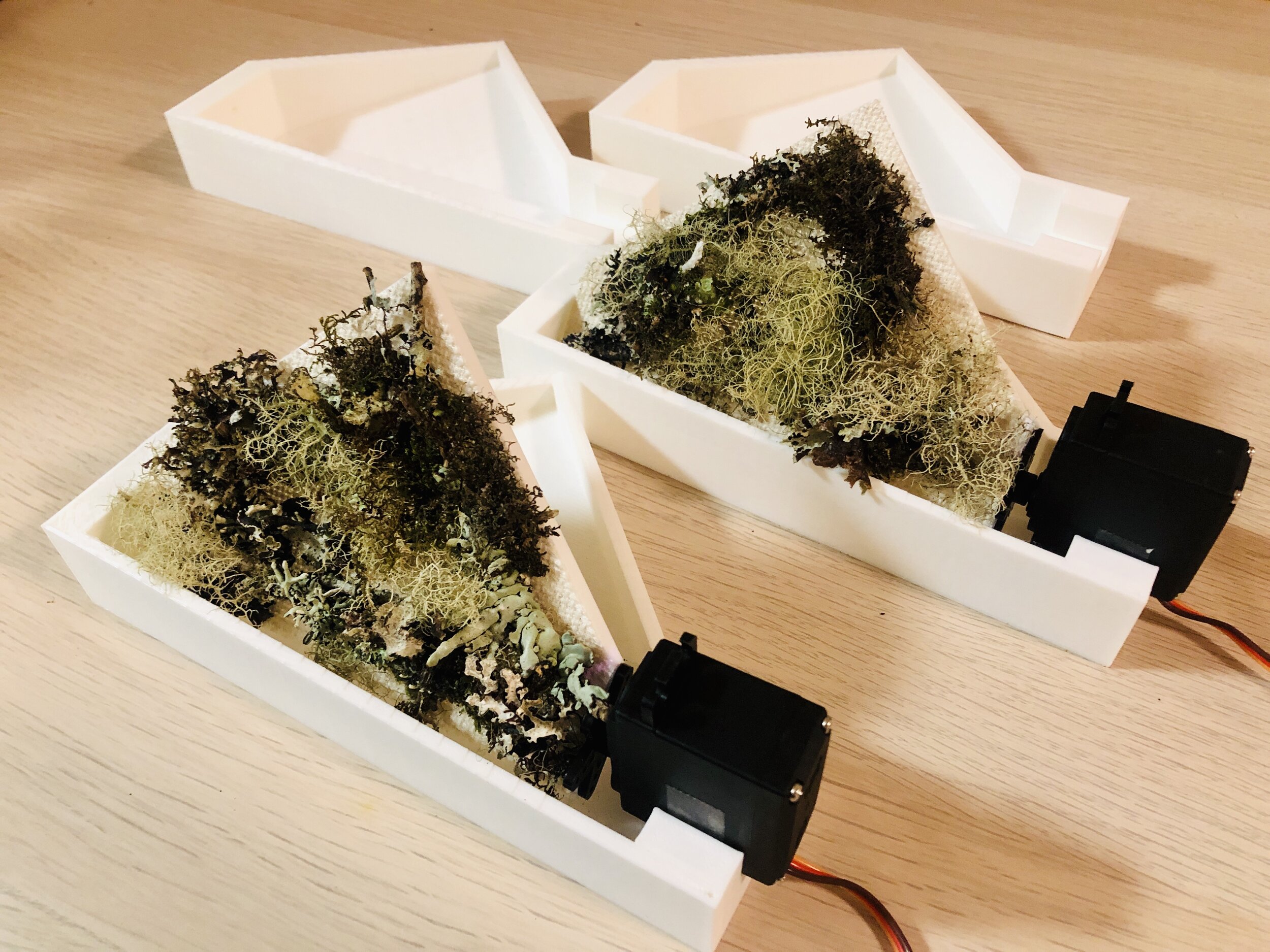
Eau Potable: A Roof That Harvests Clean Water
Provide sustainable accessibility to clean water for Katanga, Togo
MIT Media Lab, City Science, 2019
#CityResearch #Togo #Water #Sustainability #SettlementWithout
Tools: FDM printing, Arduino prototyping
Team member: Ayawavi Attisso, Ilia Yazdanpanah, Moulshree Mittal
Reimagining Water Accessibility in Informal Settlements
Katanga, a coastal settlement in Lomé, Togo, sits right next to the country’s main port. The community thrives on fishing, with men casting nets into the sea while women smoke and sell fish in city markets. However, despite its proximity to water, Katanga faces a critical challenge—a severe lack of clean water access.
For years, waterborne diseases like cholera have plagued the settlement due to contaminated water sources and inadequate sanitation infrastructure. Dependence on external systems for clean water has left the community vulnerable. To address this, our team, as part of the City Science group at MIT Media Lab, set out to develop a sustainable, decentralized water-harvesting system—one that works without disrupting Katanga’s way of life.
Designing for Context: Leveraging Katanga’s Climate for Water Collection
One of the key design considerations was Katanga’s unique environmental conditions. The site is located near the seashore, which means:
Lack of Drinking Water Infrastructure – Katanga does not have access to a reliable clean water supply, making self-sufficient solutions essential.
High Humidity Levels – The coastal environment provides ample atmospheric moisture, making it ideal for water-absorbing biological systems like lichen.
Day-Night Temperature Shifts – The significant temperature variation between day and night creates an opportunity for passive water collection through condensation and controlled release.
Given these factors, two natural water-harvesting methods were considered:
1️⃣ Using Lichen for Moisture Absorption – Lichen naturally draws water from humid air, making it a low-maintenance, self-sustaining system.
2️⃣ Passive Distillation Techniques – Taking advantage of temperature shifts to condense and extract water, similar to natural dew collection.
Ultimately, lichen was chosen due to its simplicity, scalability, and ability to operate continuously without energy input.
"Change Without Change" – A Passive Water Solution
Instead of requiring major infrastructural changes or behavioral shifts, we aimed for a seamless, passive solution that integrates naturally into the community. The result? A biophilic-inspired roofing system that harnesses lichen—a unique organism that absorbs water from humid air—to collect and purify water.
This design follows the principle of "Change Without Change", ensuring that residents do not have to alter their daily routines. Once installed, the system works autonomously, providing clean, drinkable water while adapting to Katanga’s environmental conditions.
How It Works: A Nature-Driven Water Harvesting System
Our innovation lies in its biophilic approach, leveraging lichen’s natural ability to absorb water from the air, paired with sunlight-responsive technology for efficient water extraction.
🔹 Lichen as a Natural Water Collector
Lichen thrives in humid environments, like Katanga, absorbing moisture directly from the air.
This makes it an ideal, passive water-harvesting material, requiring no external energy input.
🔹 Light-Sensitive, Pivoting Panels for Water Release
The lichen sits on a specially designed panel coated with light-sensitive material.
As the sun rises and heats the panel, it triggers a pivoting motion that gently compresses the lichen, releasing the absorbed water.
A high-friction canvas layer enhances the efficiency of this water release process.
🔹 Gravity-Driven Pipe System for Collection & Use
The extracted water flows through a simple pipe system, directing it downward for manual collection.
This system mimics natural rainwater collection, making it intuitive and easy for residents to use.
By combining biology, material science, and passive mechanics, this system autonomously generates clean water without relying on electricity, pumps, or filtration chemicals.
Why This Works for Katanga
✅ Zero Disruption to Daily Life – Unlike traditional water solutions that require residents to change behaviors or rely on centralized systems, this integrates effortlessly into their existing homes.
✅ Fully Passive & Self-Sustaining – The system requires no electricity, minimal maintenance, and no active operation, making it ideal for low-resource environments.
✅ Utilizes Katanga’s Natural Climate – The design maximizes the region’s high humidity and strong sunlight, turning them into assets rather than obstacles.
✅ Affordable & Scalable – The modular roof panels can be easily installed and expanded, making the system accessible for more households over time.
From Concept to Implementation
To bring this vision to life, the project leveraged cutting-edge tools:
🛠 FDM 3D Printing – For rapid prototyping of the panel structure.
📡 Arduino Prototyping – To test the light-sensitive pivoting mechanism.
Through community engagement and feedback, the design evolved to ensure it was culturally and functionally aligned with Katanga’s needs.
Final Thoughts: A Step Toward Water Independence
Access to clean water should not be a privilege. By designing a low-cost, self-sufficient solution, this project empowers communities like Katanga to take control of their own water security.
🌍 How can we continue to reimagine sustainability through biomimicry and local adaptation?



